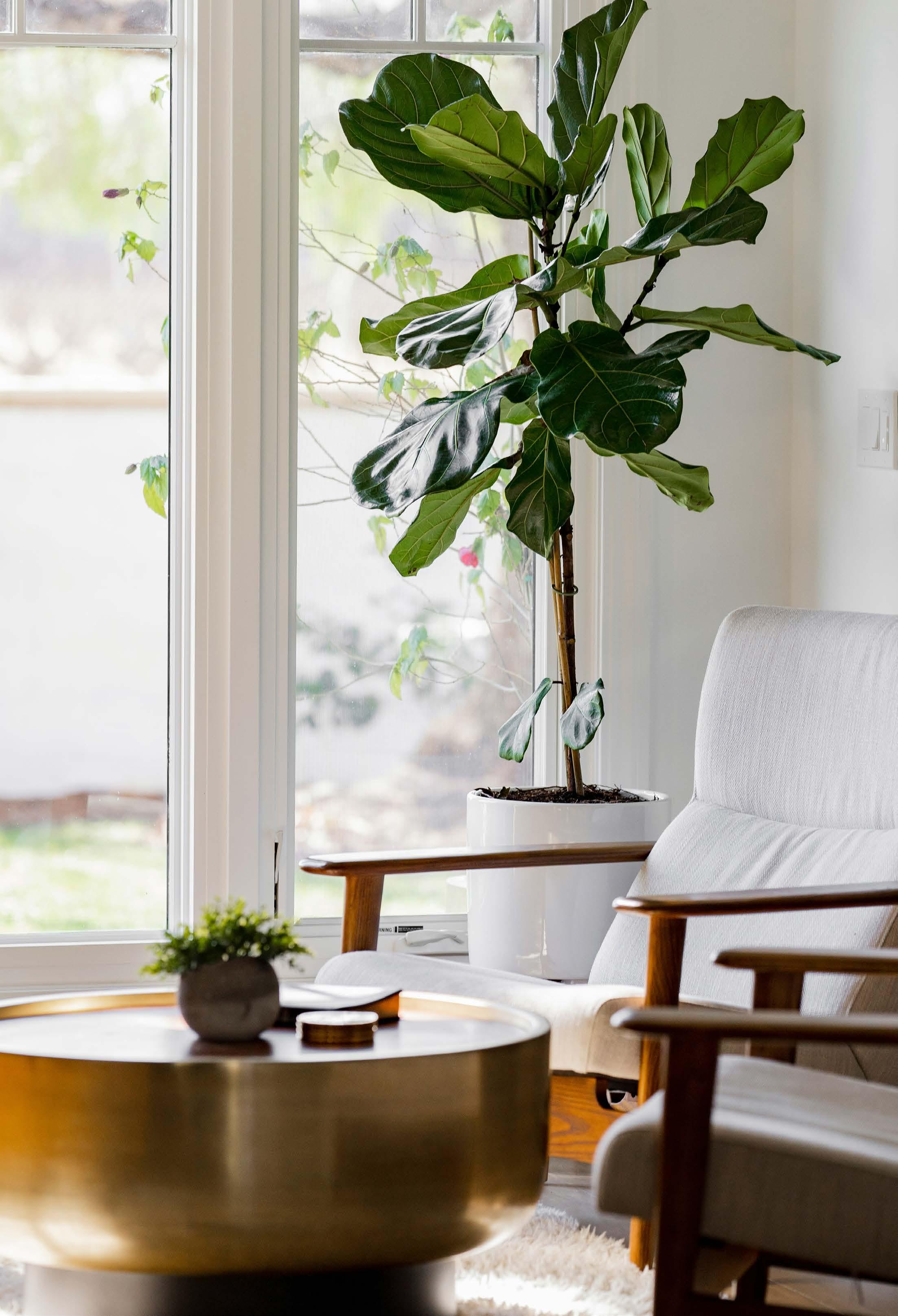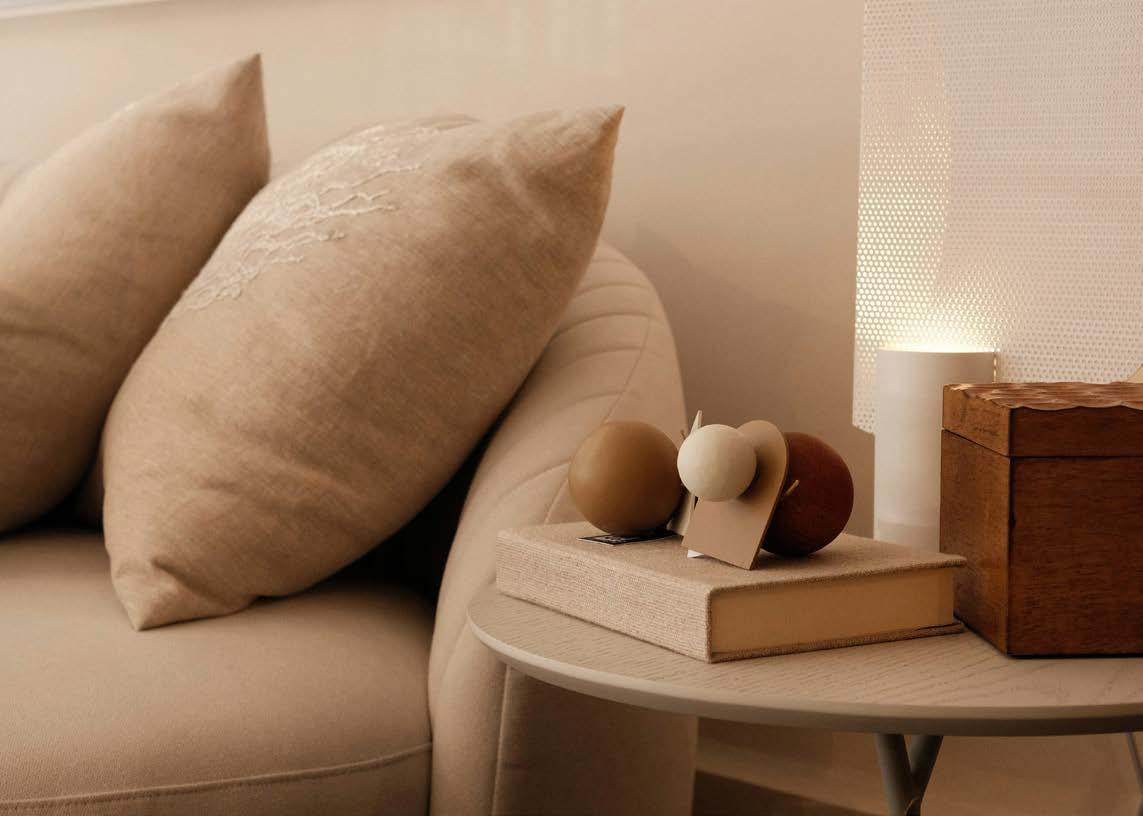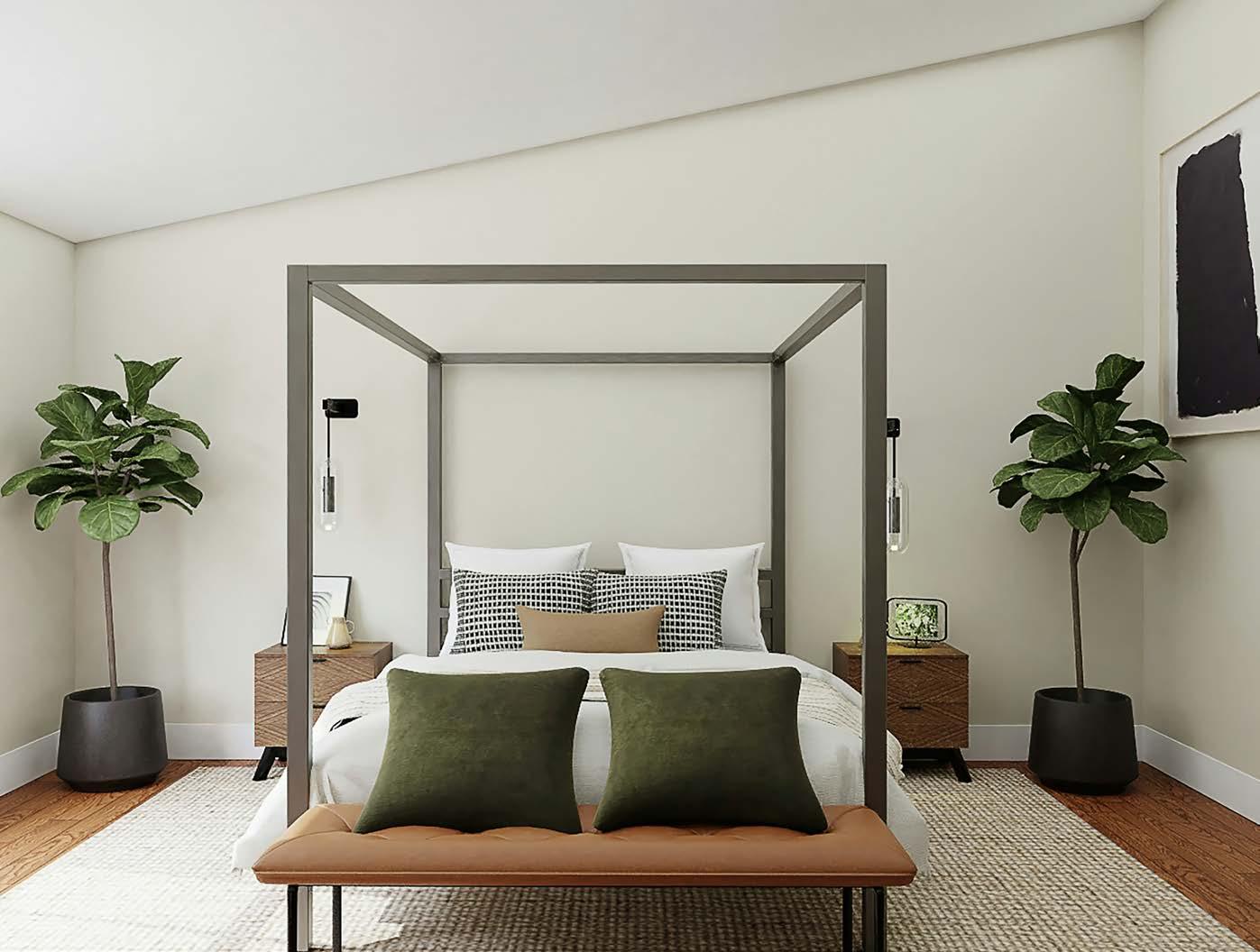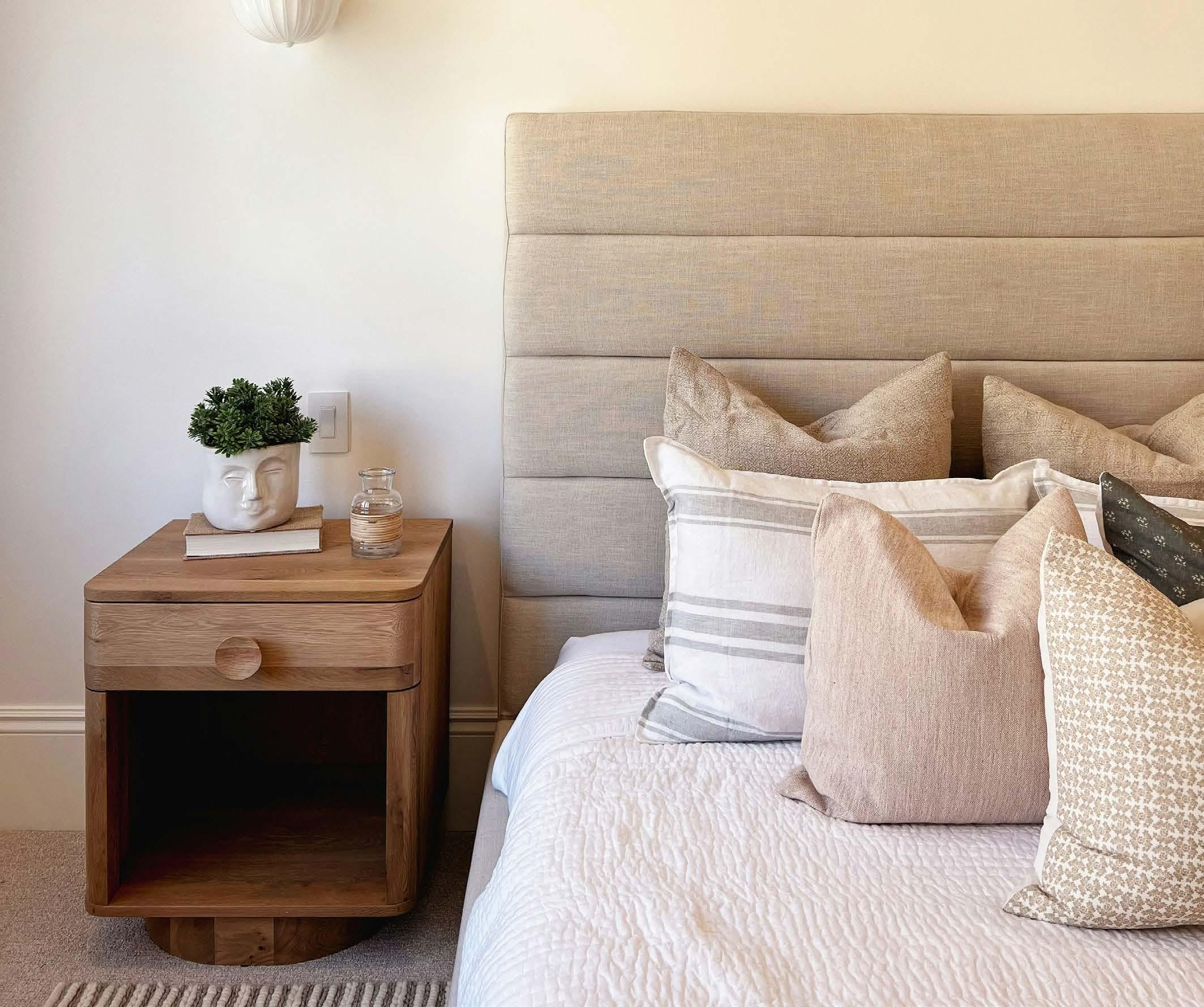

WELCOME TO THE July 2025
P u B l ISHER
Century 21 New Zealand Ltd
CONTRIB u TORS
REINZ
Cotality
Julius Capilitan
EDITORIA l ENQ u IRIES
Century 21 New Zealand +64 9414 6041
ADVERTISING ENQ u IRIES
Century 21 New Zealand +64 9414 6041
DISC l AIMER
We have in preparing this information used our best endeavours to ensure that the information contained therein is true and accurate, but accept no responsibility and disclaim all liability in respect of any errors, inaccuracies or misstatements contained herein. Prospective buyers and sellers should make their own enquiries to verify the information contained herein. All information contained in the CENTURY 21 New Zealand Ltd website is provided as a convenience to clients. All links to property prices displayed on the website are current at the time of issue, but may change at any time and are subject to availability.
For more information on our Privacy Policy please refer to: www.century21.co.nz/disclaimer

Julius Capilitan
P ROPERT y MARKET
STEADy OVERA ll , B u T REGIONA l ACTIVIT y GAINS PACE

BY REINZ
The Real Estate Institute of New Zealand (REINZ) published figures for June, which showed a relatively stable market. Although there had been increases in the number of sales compared to June 2024, the median price for New Zealand remained unchanged, and listings across the country also declined.
The median price for New Zealand was steady year-on-year at $770,000. Excluding Auckland, the median price increased by 1.7% year-on-year to reach $691,500. Auckland experienced a further decline year-on-year, decreasing by 3.4% to $990,000.
Ten out of the sixteen regions reported an increase in median prices compared to June 2024. The most significant increase was seen on the West Coast, up 35.5%
from $310,000 to $420,000. Southland reached a record high in its median price, reaching $502,500 – the first record median price in any region since January.
“We’re seeing a market that is steady on the surface but with some movement underneath at a regional level. The unchanged national median price suggests stability, yet this reflects contrasting regional dynamics, with some areas experiencing renewed

growth year-on-year,” REINZ Chief Executive Lizzy Ryley says.
The number of properties sold across the country increased by 20.3% year-on-year, increasing from 4,877 to 5,865. When excluding Auckland, sales increased by 21.4%, from 3,371 to 4,091. Looking to the regions, the highest year-on-year increase was recorded in Gisborne, which saw a 70.0% increase (from 20 to 34 sales). Other regions with notable sales increases included Southland (+34.9%), Bay of Plenty (+33.3%) and Marlborough (+32.7%).
“June is typically a quieter month for real estate, and while the seasonal slowdown was expected, sales came in slightly below typical early winter levels. Nationally, seasonally adjusted sales fell by around five per cent, suggesting some caution in the market, but compared to this time last year, sales remain significantly stronger overall,” says Ryley.
Looking at properties coming to market, New Zealand saw a 2.5%
Image: Rod Long on Unsplash
ANNUAL MEDIAN PRICE CHANGES
$770,000
50
decline in listings compared to June 2024, totalling 7,612 listings. Excluding Auckland, there was also a decrease in listings, down 3.3% to 4,700. Inventory levels across the country, however, continue to rise, increasing by 2.0% year-on-year to 32,384 properties available for sale.
Nationally, there were 676 auction sales reported in June 2025, representing 11.5% of all sales.
For New Zealand, excluding Auckland, there were 315 auction sales, which were 7.7% of all sales. The median number of days to sell for New Zealand increased by three days to 50 days. Excluding Auckland, it rose by four days to reach a median of 50 days as well.
“While properties are still selling, the increase in median days to sell
indicates that buyers are taking a more considered approach. This shift probably reflects a broader sense of caution, with many buyers feeling they have the time to explore their options, especially with the amount of choice they have,” adds Ryley.
“Most vendors are entering the market with realistic price expectations and a willingness to adapt to current conditions, especially those motivated to sell. However, many are receiving offers below their anticipated value, prompting some to delay listing, or relisting, until spring or summer, when market activity may show signs of improvement.”
Source: REINZ Monthly Property Report 15 July 2025.
The House Price Index (HPI) for New Zealand is currently at 3,580, showing a year-on-year increase of 0.3% and a decrease of 0.8% compared to May 2025. Over the past five years, the average annual growth rate of New Zealand’s HPI has been 3.9%.


N Z RESIDENTIA l CONSTR u CTION COSTS EDGE HIGHER, B u T PRESS u RES REMAIN CONTAINED BY

COTALITY
New Zealand’s residential construction costs rose 0.6% in the June 2025 quarter, according to Cotality’s latest Cordell Construction Cost Index (CCCI) - up from a 0.3% increase in Q1. Despite this uptick, cost growth remains below the long-term average of 1.0% per quarter.
Annual construction cost growth reached 2.7%, the fastest pace since Q3 2023. However, this modest acceleration largely reflects the removal of a sharp 1.1% drop in Q2 2024 from the annual comparison (i.e. a mathematical technicality), rather than a resurgence in price pressures.
Cotality Chief Property Economist
Kelvin Davidson said that while the quarterly lift is worth noting, cost inflation across the residential building sector remains relatively subdued.
“Although the annual growth rate has nudged higher, it’s important to recognise this is more about base effects than any significant reacceleration,” Mr Davidson said.
“At 2.7%, annual cost growth is still well below the long-term average of 4.2%, and a far cry from the COVIDera peak of 10.4% in late 2022. Overall, construction cost pressures remain contained.”
Mr Davidson noted that reduced workloads across the sector over the past two to three years have created a degree of spare capacity, helping to ease cost pressures.
“New dwelling consents have dropped from more than 51,000 in the year to May 2022 to fewer than 34,000 now,” he said. “That decline has taken the heat off both wages – which account for around 40% of the CCCI – and material costs, which represent roughly 50%.”
The June quarter revealed a varied picture across individual product lines. Weatherboard cladding saw a 6% increase, while prices for decking timber and ceiling batts fell 1%.
“Cost movements are now being driven by specific supply and demand dynamics rather than broad-based inflation,” Mr Davidson said. “We're seeing more nuanced and patchy shifts that reflect a normalising market.”
While the pace of growth has slowed, Mr Davidson warned that overall build costs remain elevated.
“Households can be more confident costs won’t run away during a project, but the total cost to build remains a hurdle. With ample existing stock on the market, builders may still face challenges attracting new projects in the short term.”
Looking ahead, Mr Davidson said several factors could support a gradual lift in construction activity.
“Population growth is still positive, mortgage rates have eased, and regulatory settings around loanto-value and debt-to-income ratios continue to favour new-builds. As the broader economy recovers, the construction sector should follow.”
“Cost growth may well have bottomed out, with some renewed upward pressure possible in 2026. But a return to the double-digit growth rates of 2022 seems unlikely.”
Click here to read the full rep ort
Image: Gokhan Topel on Unsplash
W H y THE OCR DIDN'T
B u DGE – AND WHAT IT MEANS FOR yO u

BY JULIUS CAPILITAN , C21 FINANCIAL
The Reserve Bank kept the Official Cash Rate (OCR) steady at 3.25% this month – no surprises there. But that doesn’t mean nothing’s changing. Floating mortgage rates remain low, and banks are still trimming fixed rates, offering deals we haven’t seen in years.
So what’s going on?
WHY THE OCR STAYS PUT (FOR NOW)
Inflation is finally behaving – but it’s not quite where the Reserve Bank wants it. The OCR is one of the main tools the RBNZ uses to tame inflation: when it's high, they lift the OCR to slow down spending; when things cool, they lower it to boost confidence and growth.
Right now, inflation is heading in the right direction, but it's not quite at the 1–3% target band they’re aiming for. That’s why the Bank is holding steady – they’re watching, not rushing.
WILL THE OCR DROP IN AUGUST?
Economists say yes. In fact, most are betting on another 25-point cut in August, with the OCR expected to fall to 3.00%. And there could be more to come – by the end of 2025, we may see it drop as low as 2.75% or even 2.50% if the economy continues to settle.
WHAT DOES THAT MEAN FOR YOU?
If you’re a homeowner, buyer or investor, this is your window. Right now, we’re securing fixed rates as low as
4.95% for a 1-year term, and 4.29% for eligible first-home buyers. That’s real savings – potentially hundreds off your monthly repayments.
Julius Capilitan says:
"CLIENTS WHO FIXED FOR 6–12 MONTHS EARLIER THIS YEAR ARE NOW RETURNING TO US, READY TO REFIX AT EVEN BETTER RATES. IT’S A SWEET SPOT IN THE CYCLE – SHORT-TERM WINS WITH LONG-TERM BENEFITS."
WHAT YOU SHOULD DO NEXT
Every borrower’s position is different, especially when it comes to deposit size (LVR, or Loan-to-Value Ratio,
plays a big role). If you’re sitting above 80% LVR, don’t assume you're stuck – many of our clients are refinancing to better rates even with smaller deposits.
And if you’re still renting or waiting for the “perfect” moment to buy, remember: trying to time the market perfectly often means missing the best parts of it. Spring is coming – and the buyers who act now will be the ones ahead of the curve when listings rise and competition heats up.
Let’s Make Your Move the Mortgage Win of the Century.


W INTER WARMTH: HOW TO l Ay ER SOFT F u RNISHINGS FOR MAXIM u M COSINESS
When the temperature drops, few things feel better than stepping into a warm, welcoming home.
The good news? You don’t need a renovation to create that cosy winter vibe. Layering soft furnishings, like plush throws, textured cushions, and warming rugs, is a simple yet powerful way to elevate your home’s comfort and style during the cooler months. Whether you’re styling a beachside apartment in Bondi, a character home in Hobart, or a suburban living room in Adelaide, these easy updates will help you create a cosy, inviting space that feels just right for winter.
Here’s how to layer like a pro and turn your home into a seasonal sanctuary.
1. START FROM THE GROUND UP WITH RUGS
Rugs are the unsung heroes of winter styling. They anchor your room, soften hard surfaces, and add much-needed insulation underfoot.
Try This:
• Choose thick, high-pile rugs or natural fibres like wool for added warmth.

In open-plan are as, layer smaller textured rugs over a large, neutral base rug to define intimate zones.
Don’t forget the bedroom, a plush rug beside the bed makes early mornings feel a little less chilly.
2. LAYER THROWS AND BLANKETS FOR INSTANT WARMTH
Throws are one of the easiest ways to inject warmth, texture, and colour into your space. Whether draped over a sofa, armchair or bed, they add visual softness and seasonal flair.
Styling Tips:
• Drape throws loosely over the back of your lounge or armchair for a relaxed, lived-in look.
• Combine different materials, think chunky knits, faux fur and brushed cotton – for added interest.
• Store extra blankets in woven baskets or lean ladder racks for both function and style.
3. MIX AND MATCH CUSHIONS FOR TEXTURE AND DEPTH
Cushions are your go-to for layering and personalising a space.

Image: Caroline Badran on Unsplash
Image: Spacejoy on Unsplash

They offer an opportu nity to mix textures, play with colour, and add softness in all the right places.
Quick Tips:
• Mix sizes and shapes: use European pillows, classic squares, and lumbar cushions together.
• Choose tactile fabrics like velvet, wool, boucle and linen.
• Embrace a winter palette, deep forest green, burnt terracotta, mustard, and warm neutrals all work beautifully.
4. BALANCE IT ALL WITH INTENTIONAL STYLING
Layering is all about balance, enough to feel plush and inviting, but not overcrowded. Aim to
mix textures and tones within a complementary colour palette for a look that feels cohesive and calm.
Finishing Touches:
• Add a weighted blanket on the couch or bed for comfort and style.
• Use ottomans or storage baskets to keep spare throws easily accessible.
• Bring in soft lighting with warm-toned lamps or scented candles to create a cosy glow.
Key Takeaway: Warmth Meets Style, Without the Renovation
Layering soft furnishings is one of the simplest ways to create a warm and s tylish home during winter.
With just a few thoughtful touches, you can transform any room into a cosy retreat, perfect for curling up on chilly nights or welcoming guests with comfort and charm.
Need help preparing your home for winter or getting it sale-ready? Your local Century 21 agent can offer trusted advice on styling, staging, and presenting your property to suit the season.
Image: Mk. s on Unsplash
